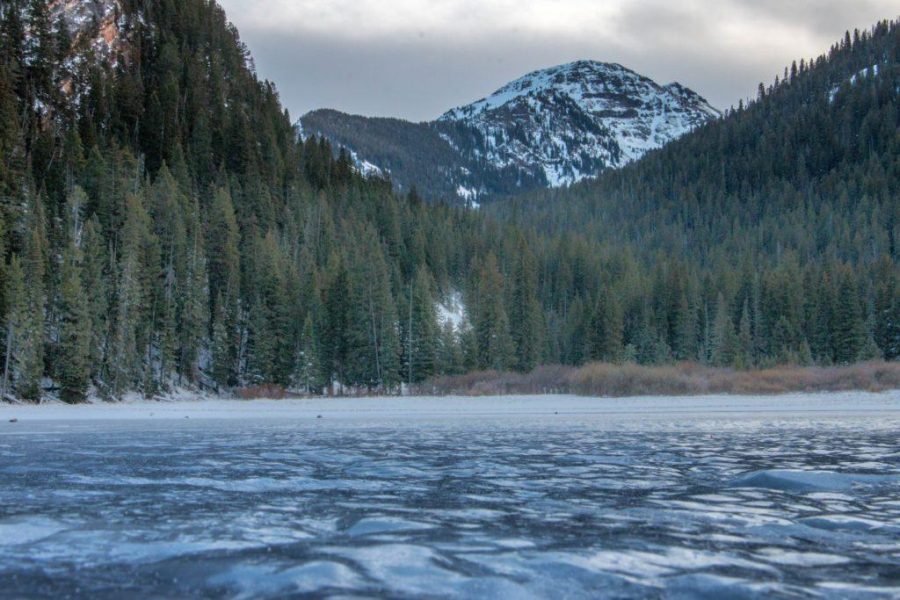Chances are, if you’re outside this winter, you’ll encounter a frozen body of water. Here are a few items you should check off your list before you step onto the ice.
- Take stock of the general ice situation. Is the ice on top of a small, shallow lake or a wide flowing river? Deeper water and water with a current beneath are less stable.
- Check out the color and surface of the ice. Clear or blue ice is safer than white, gray, or black ice. Obvious large cracks are a bad sign. Also, snow can insulate the ice, making it weaker.
- If walking with a group of people, spread out. That way, weight is better distributed across the ice and if you do fall in, they are less likely to fall with you.
- Think about the weather and time of the season. Early season and spring ice is more dangerous than mid-winter. Still, warm winters can make weak spots, so get in touch with the local ranger station to check conditions.
- If possible, measure the ice. You can eyeball ice depth, but it’s hard to tell without actually measuring — using an ice auger, ice tool, or even a long log. Stay off any ice under three inches. Four inches of ice is generally enough to walk on. The thicker the ice, the better, and the more weight it can handle.
- If you do fall in the ice, have an escape plan. Bring a rope and ice claws (which you can make with wooden doweling and nails) so you can get yourself out or help a friend who’s fallen in.
Walking out on ice can be fun to get a new perspective on an area. Also, top-of-ice travel can get you from from one point to the next much quicker than skirting around a lake. If anything, use common sense when crossing ice. Falling into frozen water is no joke, especially miles into a hike in the mountains.
Photo by Chris Hammock


